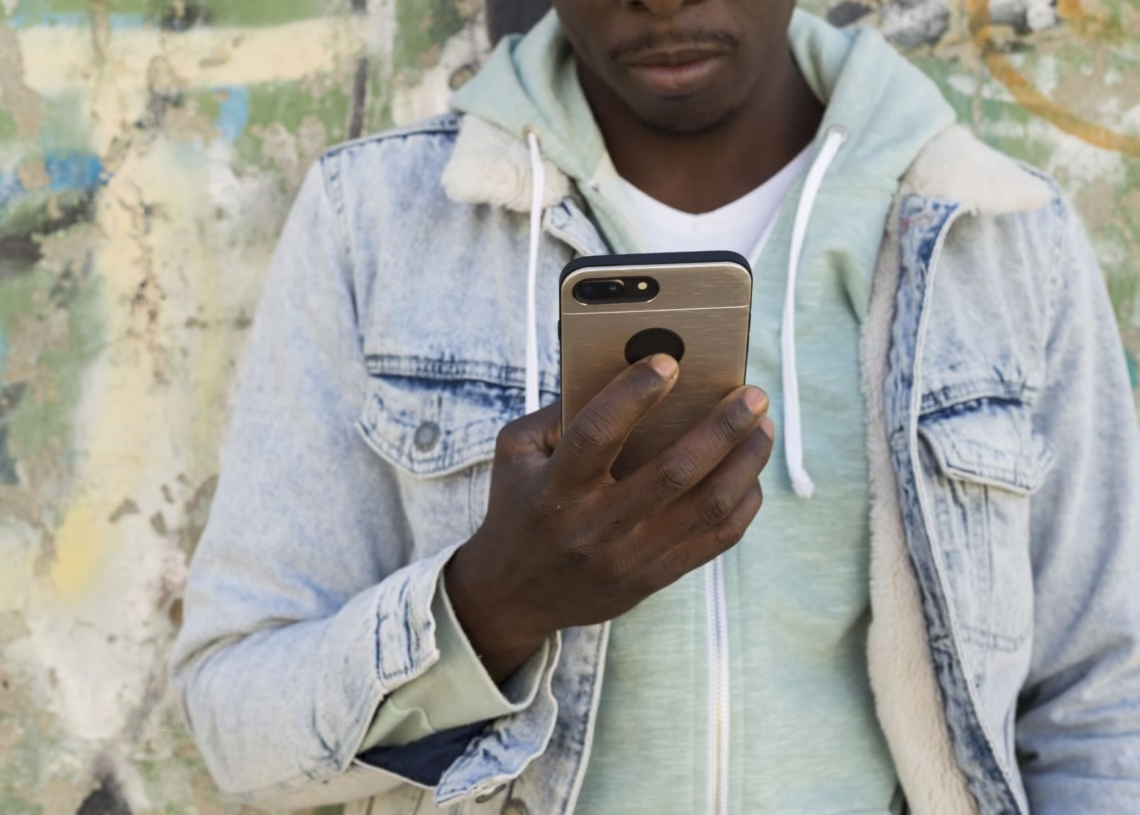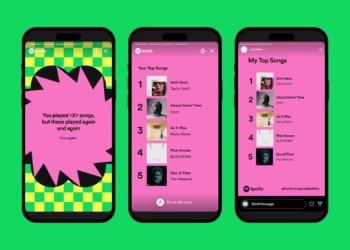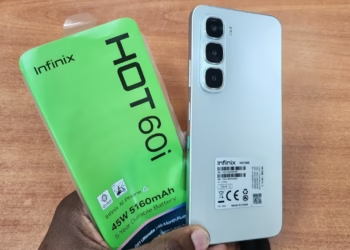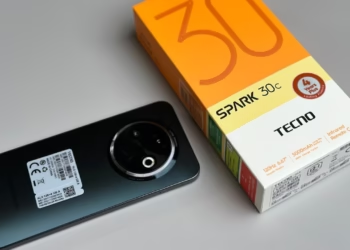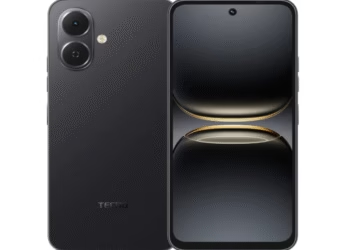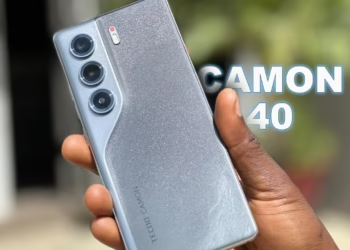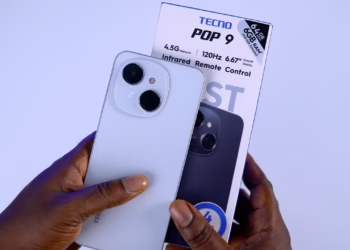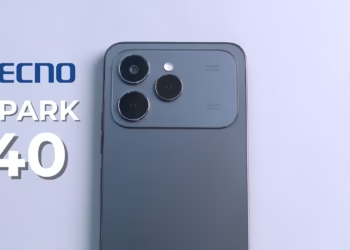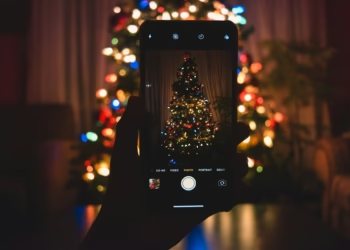Incase you don’t know, your smartphone knows more about you than anyone else.
It tracks your location, logs your behavior, and constantly sends data back to apps and advertisers, sometimes even without your knowledge.
So what happens if you want total privacy? Maybe you’re avoiding unwanted tracking, protecting sensitive information, or just value your right to digital freedom.
The good news is, you can make your phone practically impossible to track that’s if you follow the right steps.
So, In this guide, you’ll learn:
- How phones are tracked
- What settings to disable immediately
- How to turn your Android or iPhone into a ghost device
- The best privacy tools and apps
- How to block government, corporate, and hacker-level tracking
How Phones Are Tracked (And Who’s Doing It)
Understanding how tracking works helps you stop it. Phones can be tracked using things like:
- GPS location (real-time)
- Wi-Fi & Bluetooth signals
- Cell towers
- Apps with background permissions
- Ad tracking identifiers
- SIM card metadata
- iCloud or Google account services
Who’s tracking you?
- Tech companies (Google, Apple, Facebook, etc.)
- Mobile carriers
- Government agencies
- Hackers and spyware apps
- Advertisers and data brokers
Most of this happens quietly. That’s why going “invisible” requires more than just turning off your GPS.
Step 1: Turn Off Location Services (But Go Deeper)
Disabling location tracking is your first defense but you need to do it thoroughly.
On Android:
- Go to Settings > Location
- Toggle Location off
- Tap App Permissions and turn location access off for all apps
- Go to Google Location Sharing and disable:
- Location history
- Location sharing
Also visit:
Settings > Google > Location > Location Accuracy → Turn off
On iPhone:
- Go to Settings > Privacy > Location Services
- Turn Location Services off completely
- Or scroll through each app and set to Never
- Also turn off:
- Find My iPhone
- System Services > Significant Locations
Pro tip: Turning off “Location Services” doesn’t stop all tracking. Some apps can still infer your location through Wi-Fi or Bluetooth. So let’s go deeper.
Step 2: Disable Wi-Fi and Bluetooth Scanning
Even when turned off, your device may still scan for nearby networks. Disable this to block passive tracking.
On Android:
- Settings > Location > Wi-Fi scanning → Turn off
- Settings > Location > Bluetooth scanning → Turn off
On iPhone:
- Go to Settings > Privacy > Location Services > System Services
- Disable:
- Networking & Wireless
- Location-Based Apple Ads
- Device Management
Step 3: Turn Off or Remove SIM Card
Your SIM connects you to your mobile carrier, which can triangulate your location via cell towers.
Options:
- Turn on Airplane Mode to temporarily cut SIM signal
- Or remove the SIM card entirely
- Consider using a burner SIM or virtual number
Note: Even in Airplane Mode, some phones still track Wi-Fi location unless it’s disabled.
Step 4: Turn Off Google and Apple Tracking (Big One)
These companies use your account to track activities even without active location access.
For Android (Google):
- Visit myactivity.google.com
- Pause:
- Web & App Activity
- Location History
- YouTube History
- Go to Settings > Google > Ads → Opt out of Ads Personalization
Also disable:
- Google Assistant
- Voice match features
For iPhone (Apple):
- Go to Settings > Privacy > Analytics & Improvements
- Turn off:
- Share iPhone Analytics
- Improve Siri & Dictation
- Disable Significant Locations under System Services
Step 5: Use a Privacy-Focused Mobile OS (Advanced)
To go full privacy mode, consider switching to de-Googled or open-source operating systems.
Options include:
- GrapheneOS (Pixel phones)
- CalyxOS
- LineageOS
These custom ROMs remove Google tracking entirely and allow you to control every permission.
Note: This step is for advanced users and may void warranties.
Step 6: Use Privacy Browsers and Encrypted Apps
Your apps are huge privacy holes. Replace them with secure, open-source alternatives.
Private Browsers:
- Brave
- Firefox Focus
- Tor Browser (maximum anonymity)
Secure Messaging:
- Signal (end-to-end encrypted)
- Session (no phone number required)
- Element (uses Matrix protocol)
VPN:
Use a no-log VPN to hide your IP and encrypt all traffic. Top options:
- ProtonVPN
- Mullvad
- IVPN
Avoid free VPNs because they often sell your data.
Step 7: Use a Faraday Bag or Anti-Tracking Case
If you’re extremely serious about privacy (e.g., journalists, whistleblowers), consider:
- Faraday pouches: Block all signals (Wi-Fi, Bluetooth, GPS, cellular)
- Silent Pocket or Mission Darkness brands are popular
Put your phone inside whenever you want zero traceability even from the government.
Step 8: Remove or Disable Tracking Apps
Audit your apps to see what’s secretly tracking you.
On Android:
- Go to Settings > Apps > App Permissions
- Revoke location, camera, mic, storage, and network access for untrusted apps
Use Exodus Privacy to scan your apps and see what trackers are inside.
On iPhone:
- Check Settings > Privacy > App Privacy Report
- Uninstall any app with frequent background activity or tracking flags
Avoid:
- Free flashlight or wallpaper apps
- Facebook, TikTok, Snapchat (heavy trackers)
- Games with high permission requests
Step 9: Block Ad Tracking IDs
Every phone has a unique advertising ID used for targeted ads and tracking.
Android:
- Settings > Google > Ads
- Turn on Opt out of Ads Personalization
- Tap Reset advertising ID
iPhone:
- Settings > Privacy > Tracking
- Turn off Allow Apps to Request to Track
- Tap Tracking > Reset Identifier
Step 10: Final Steps for Maximum Privacy
- Use offline maps (like OsmAnd)
- Avoid public Wi-Fi or use a VPN
- Don’t use voice assistants (Google Assistant, Siri)
- Avoid signing in with Google, Facebook, or Apple
- Cover your camera and mic when not in use
- Consider using phones with removable batteries
Frequently Asked Questions
Q1: Can the government still track me even with everything turned off?
Yes, in some cases. Government agencies can use tower triangulation, device fingerprinting, or malware. But you’ll significantly reduce the risk by following these steps.
Q2: Does turning off GPS stop all tracking?
No. Your phone can still be tracked through Wi-Fi, Bluetooth, and network signals.
Q3: Is Airplane Mode enough?
Not entirely. Some phones still allow limited signal activity. Use a Faraday bag for total disconnection.
Q4: Is it legal to block phone tracking?
Yes. It’s your device and your data. However, using modified OS versions or spoofing tools in certain countries may raise legal questions.

